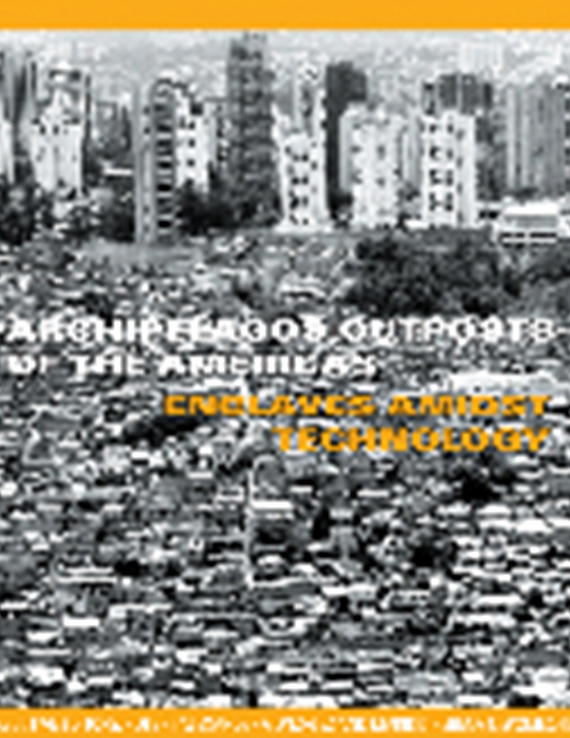Author(s): Kenneth Schwartz
The “Charter of New Urbanism” has established a useful foundation for creative interpretation with the challenge of building in the American suburban setting. At the same time, New Urbanism has been accused of failing to deliver its promise of a better world. This paper explores the virtues and limitations of New Urbanist sensibilities as tested in a cherished rural landscape. Elevating the significance of landscape as inspiration and determinant presents a constructive alternative to contemporary suburban practice, while confronting in new ways the “real world” dynamics of master planning and public process.Crozet, Virginia is located at the base of the Blue Ridge Mountains, twelve miles west of Charlottesville. It is a designated growth area with a growth boundary. This project is the result of a public sector commission for a master plan that evolved out of the need to define the specific form of growth. New implementation strategies in the plan establish an alternative to the “by right” suburban sprawl that is currently well underway under the aegis of conventional zoning.At the center of this enterprise is respect for the landscape in this extraordinary place – a landscape that is not only bucolic and beautiful in its rugged rural nature, but one that registers its working agrarian past and present. How can an exurban community grow from a current population of under 3,000 to 12,000 or more while retaining and honoring the underlying conditions of its place? This project draws on the metaphor of the landscape as mentor, a source of strength and measured guidance.
Volume Editors
Marilys R. Nepomechie & Robert Gonzalez
ISBN
0-935502-54-8

 Study Architecture
Study Architecture  ProPEL
ProPEL 
